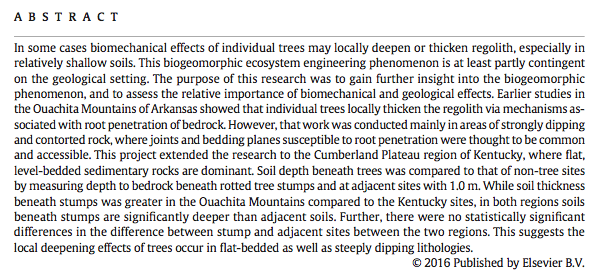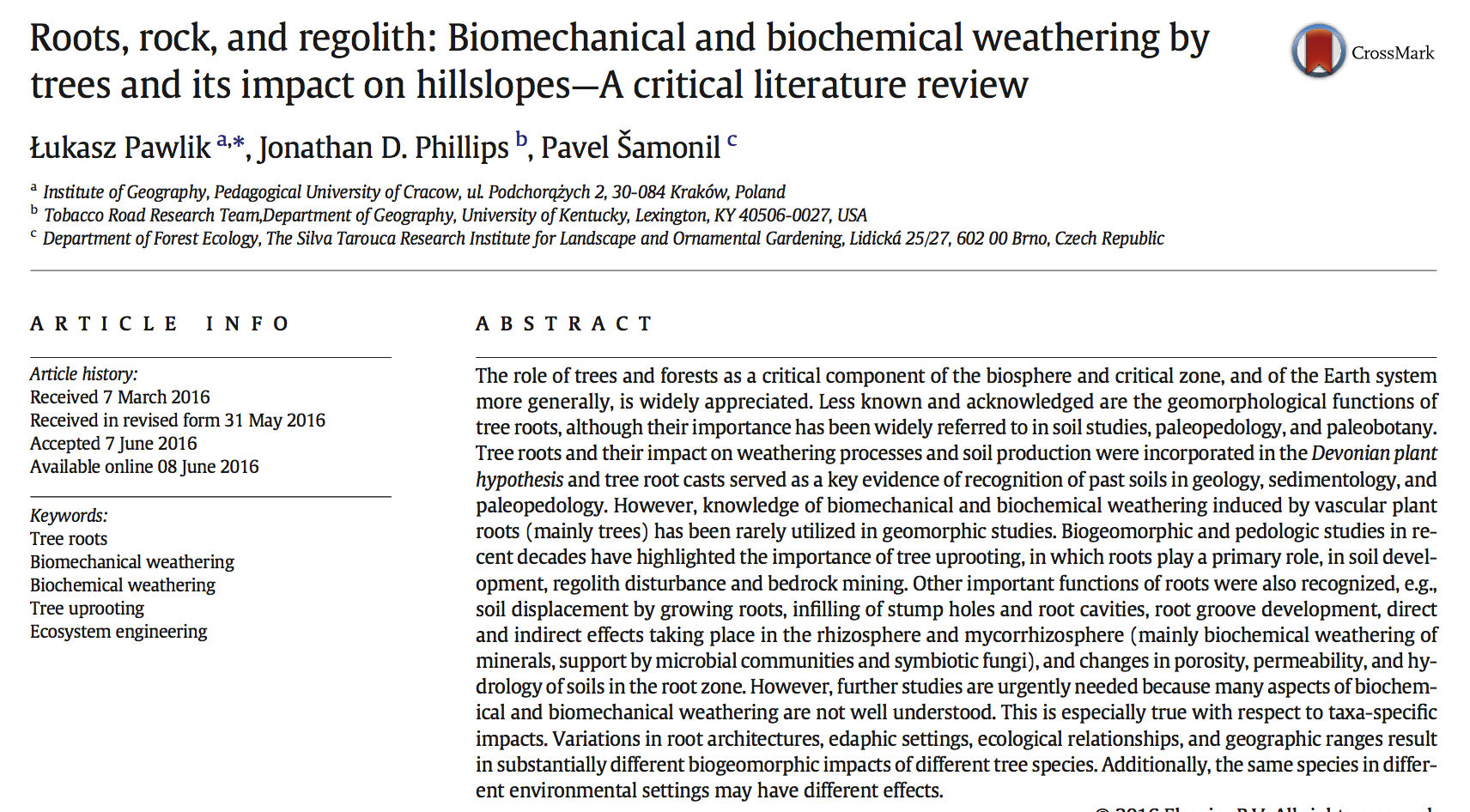The Perpetual Quest for Efficiency Part 2: Gradient and Morphological Selection
(Part 1 here)
Gradient Selection
Preferential flow phenomena are specific cases of what Phillips (2010, 2011) called the principle of gradient selection: the most efficient flux gradients are preferentially utilized, preserved, and replicated. Gradient selection is based on the twofold notion that (1) the most efficient potential flow paths are preferentially selected; and (2) use of or flow along these paths further enhances their efficiency and/or contributes to their preservation. While Phillips (2010) was concerned with hydrologic flows and geomorphic processes, the evolution of preferential flow paths by gradient selection has broader applicability.









